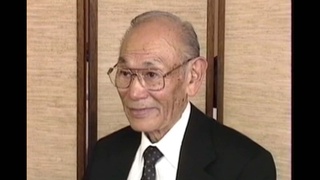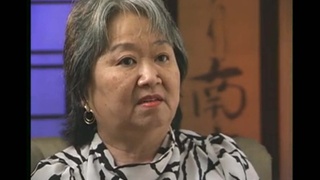Interviews
Father lost everything during World War II
Franklin Roosevelt sent out notice that all Japanese Americans - I don’t think he called them Japanese American - he just called them Japanese… were to be waiting, ready to be incarcerated or "interned." So, my father still thought maybe he had a chance to, before they came, buy a trailer and try and get us out of the state because we had heard, he had heard, that if you got to Colorado, they couldn’t do this to you. But he was… it was too late. And so, the FBI came and we had to …basically, he lost everything. We had a little farm where he raised flowers and strawberries and, you know, something… at that time...1942...maybe 10 acres, something like that.
Date: September 15, 2017
Location: California, US
Interviewer: Jennifer Cool
Contributed by: Jennifer Cool, Matthew Purifoy








